

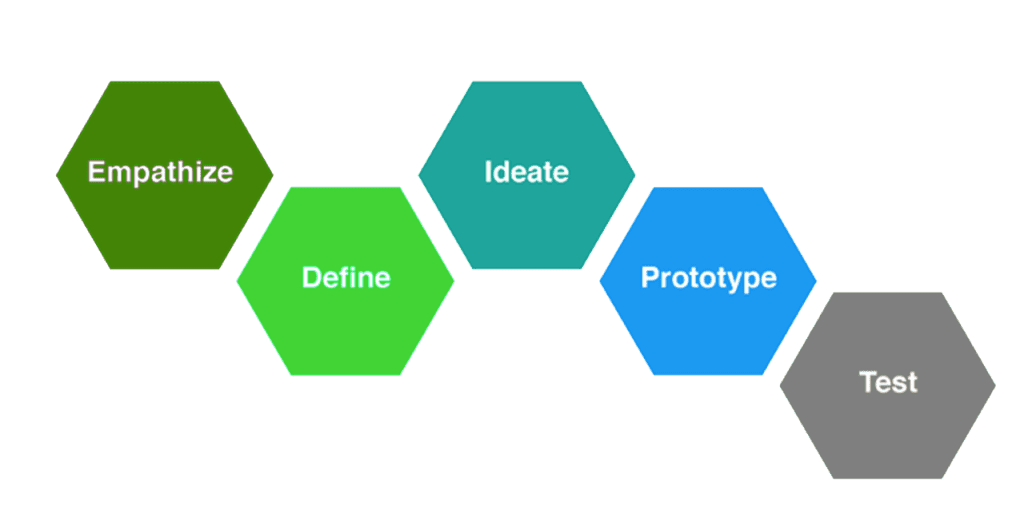
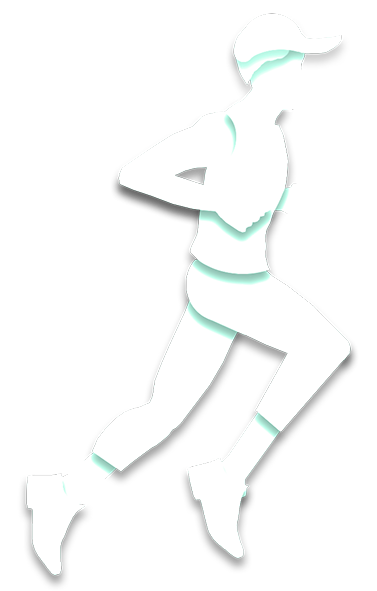
Running Fitness app (UX Case Study)
- Duration: 2 weeks
- Team: UX/UI Design and me
- Platform: Mobile App
- Tools Used: Paper, Pen Figma, Photoshop.
- Industry: Health/wellness
Problems
· Many people do not have running sports equipment like a treadmill
· Many people want to know the calories wasted while running
· Many people are lazy to exercise
· Many people are busy and don’t have time to exercise
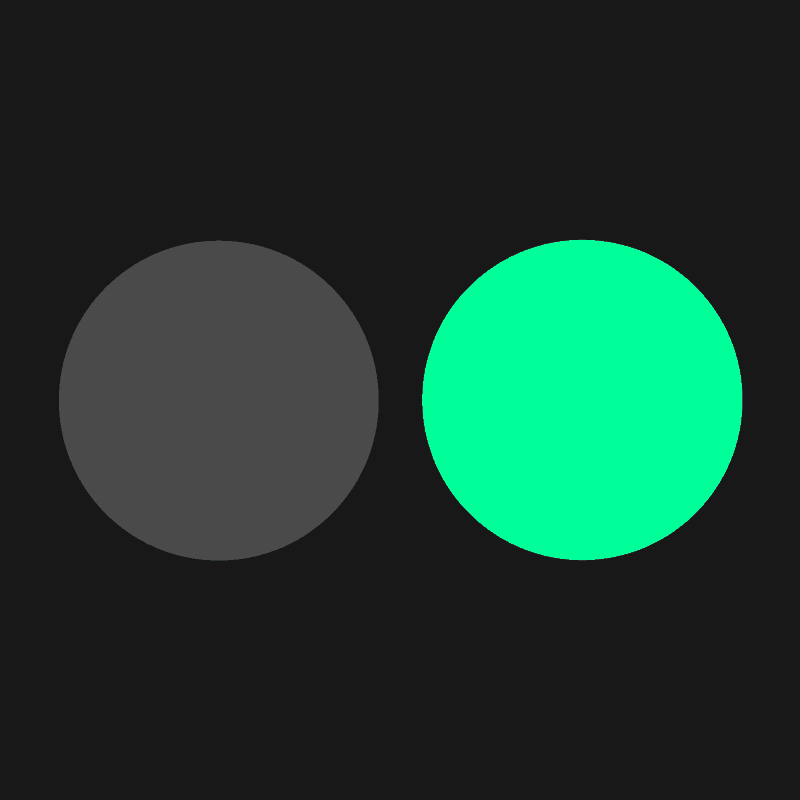
Introduction
This program was proposed by the science and technology city of York, United Kingdom.
The city of York is internationally recognized for its science, technology, and innovation.
Komasi is developed for solving problems of Physical activity.
This program aims to develop innovative solutions for societal challenges in the field of sport and exercise and to improve the quality of life of citizens.
Before starting usability tests, I needed to do research to determine the target audience of Runkeeper. This was my priority because a solid understanding of the user base allows me to make informed decisions in the design process.
After researching the company and reading testimonials from various users, I gathered some provisional personas. I then refined these personas by interviewing users about their hobbies, goals, and previous exposure to fitness apps.
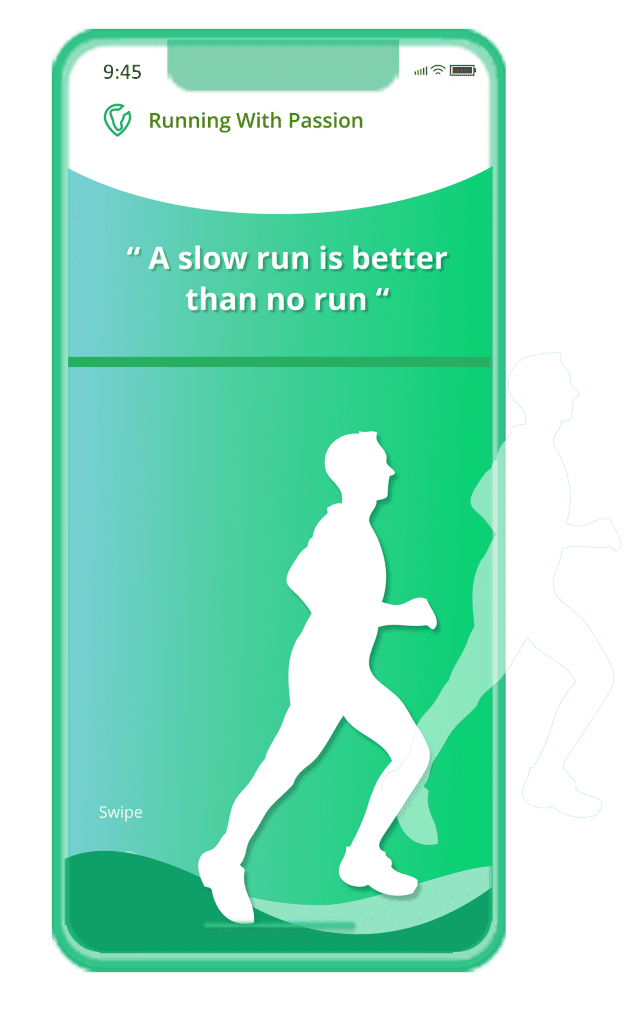
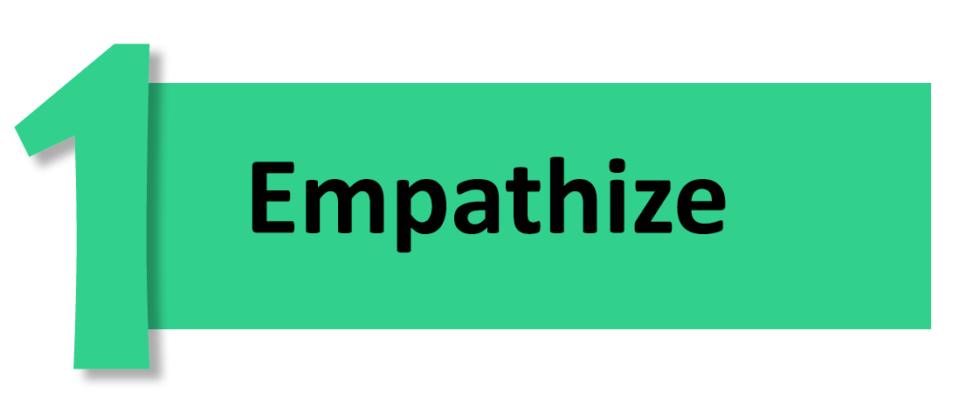
Research
In the beginning, I was unsure of how to begin this project. As a result, I started brainstorming about the features. Why would people use it, what type of users will there be, where would they use it and most importantly, would they use it?
Objective of Research
- Objective of Research
To understand the interviewees’ fitness goals.
To know interviewees’ thought and experiences regarding their health, fitness, motivation, that they have gone through.
To know interviewees’ thoughts and experiences of fitness apps.
Research Procedure
- Visit the fitness apps I have and compare them to other fitness apps
- Find my favorite fitness app and discover ways to improve it
- Create suitable interview questions based on my experience using those apps
- Find suitable interviewees and schedule interviews with them
- Construct and refine interview questions
- Practice the interview with a friend, to improve fluency and avoid mistakes during the interview day
- Proceed with user interviews and collect responses from interviewees
- Create a google form based on the responses and recordings from the interviews
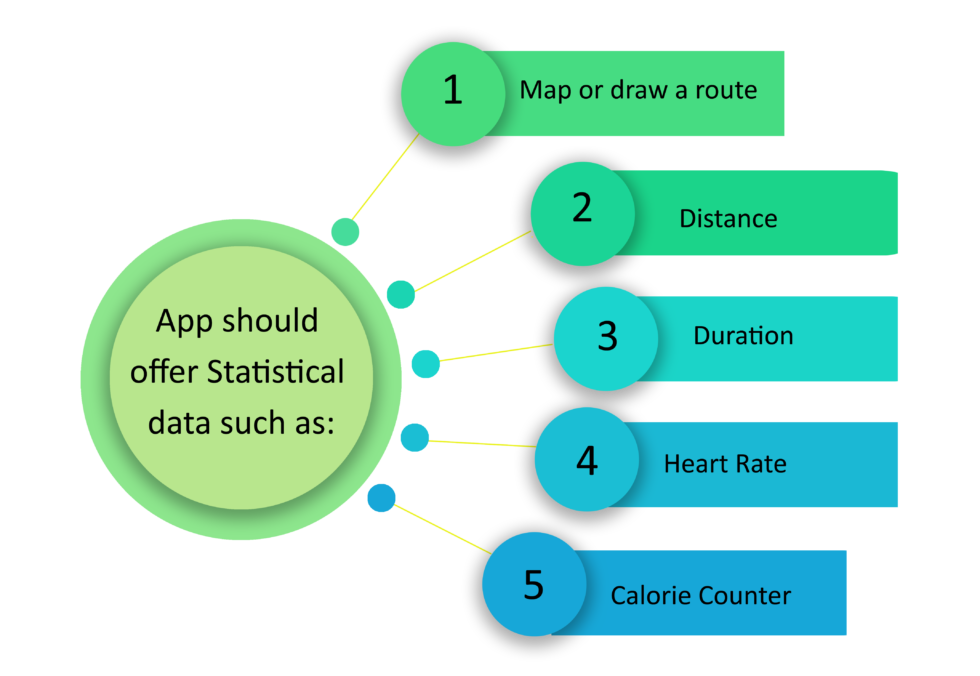
Problem Statement
The user needs to choose a different route every day based on his settings without losing time to plan it.
COMPETITIVE ANALYSIS
A competitive analysis allows me to understand the flow of the app and the best place to place my new feature.
The competitive analysis technique was used to understand the competitors of Map my Run. I selected three top competitors to compare the app to, these are: Nike Run Club, Run Keeper, and Strava. I compared them and contrasted each of these apps against the SWOT (Strengths, Weaknesses, Opportunities, Threats) criteria and discovered the following:
Each app has a strong area of competency and an area that needs improvement. None of them have the same strengths or weaknesses. Komasi Run is especially proficient in collecting and presenting data and statistics with different exercises. Aside from this, it allows users to customize goals and document progress.
However, there are also areas for improvement, in order to keep up the standards and stay current with trends of other fitness apps. Nike Run Club, Run Keeper, and Straca are highly active on social media, while Komasi isn’t. The user interface of Komasi could also use simplification. With the use of color and bold graphics, a better visual hierarchy can help guide users to what they are looking for.
Heuristic Analysis
I made a heuristic analysis.
Though it was not required by project rules, I decided to do it to improve the usability of the app and challenge myself.
Based on my analysis, the app has a strong social side. This is used as a strategy to motivate the users by engaging them with a community and allowing them to show their progress with their friends
Survey
My survey had 5 closed questions. Despite it being short, the results were intriguing. There were not many differences between the answers, which shows that people use this app in a similar way.
After I had a good amount of data from the survey, I wrote down their responses and created the Affinity diagram, which presented important information:
It showed statistical data such as distance, duration, location, and heart rate. The app has a lot of categories
Map a run Walk, or bicycle ride Plan routes Calculate distances View elevation profiles Share routes Calorie Counter Music designed for runners.
This sport monitoring project is to mainstream citizen by offering new innovative training modules.
Affinity Mapping
After doing usability tests, I had a goal to analyze the data collected and uncover the major pain points. I recorded videos of the ways users interacted with the app and noted down my observations on sticky notes. I then organized my insights to create an affinity map. This mapping is based on the tasks different users were performing.
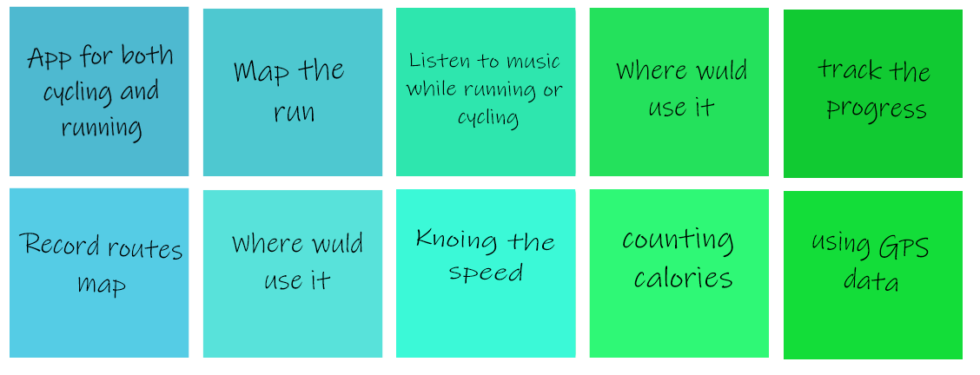
Needs
- Prevent chronic diseases
- Improve health condition and immune system
- Track fitness activities
- Exercise in groups
- Favorite music playlist with activities
- Set a fixed schedule to do exercise with a limited time
- Personalized exercise
Pain Points
- Lack of confidence
- Imbalance of work-life activities and less prioritizing
- No knowledge of fitness activities and how to do them properly
- No reminder, or scheduling
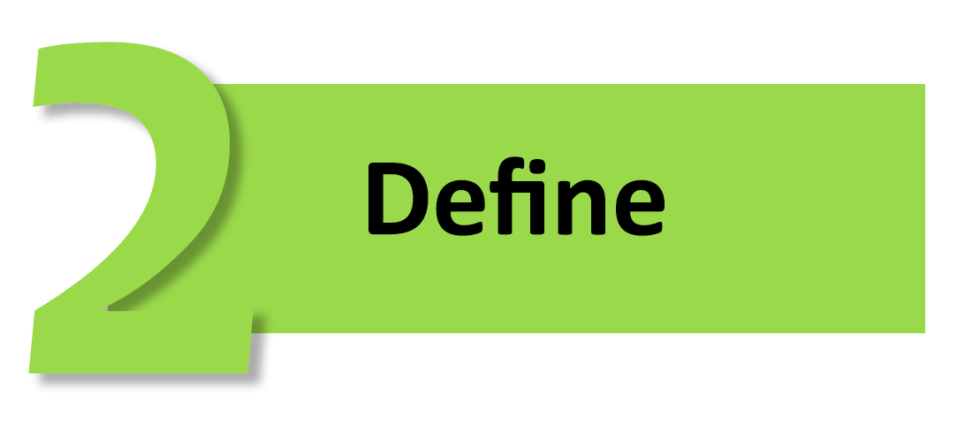
User Persona
After talking to the client and acknowledging their insights, I started working on developing two different personas attending to the target we were focusing on. This was done to both understand the audience and to be able to make quick and well-informed decisions during the processes.
There are generally 2 types of users of this app:
- Athletes– Users who push limits and track their runs with statistics that offer ways to improve endurance.
- Casual Runners- Users who are looking to maintain a healthy lifestyle. They are interested in relieving stress, losing weight, and socializing with other runners.
- The strong-willed athlete– Users who set goals, get personal training, and log data to analyze improvements.
- The social, casual runner– Users who track their run consistently, connect with friends while staying healthy, relieving stress.
Grace – Persona -1
Grace, 23 years old, is a manager who lives in York. She has practiced gymnastics about 15 years. However, she stopped due to an injury. Now, she practices sports activities: running, fitness, velo. She also follows dance courses. Grace tries to eat as healthy as she can, loves cooking and exploring nature. She bikes to work and exercises after work.
Goals
- She wants to try more activities, different to the ones she does currently.
- She wants a more personalized and flexible program that adapts to her life.
- She wants to share her experiences with other people.
Frustrations:
- She hates imposed hours.
- She does not want to spend money on sport activities.
- She lacks motivation for exercising.
Centric problem:
After some research, we can conclude a research question to better solve Grace’s problems:
How might we help Grace to keep her motivation and the freedom to exercise with her schedule?
Athlete Persona
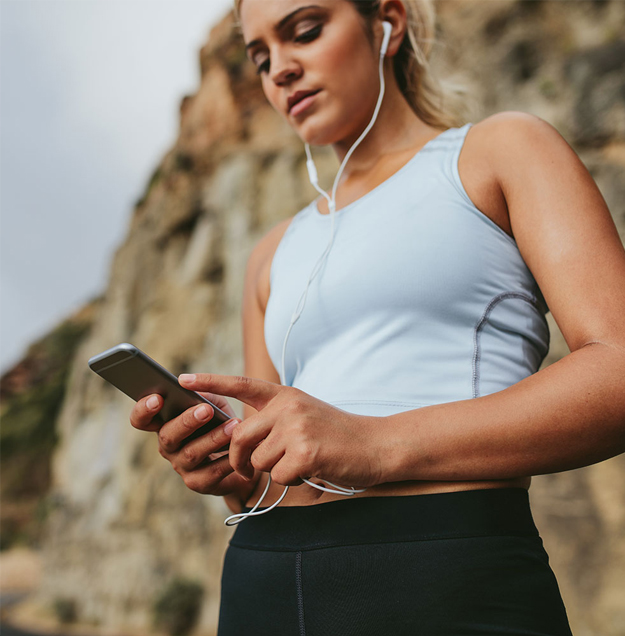
Social Casual walking Persona
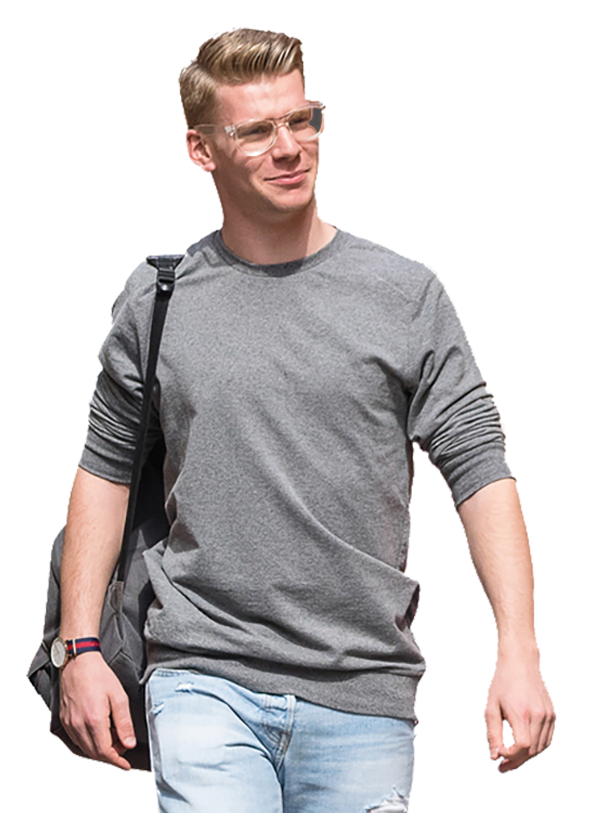
Mike- Personas -2
Mike, 30 years old, is an entrepreneur who lives in York. He is trying to maintain a healthy lifestyle by eating well and doing exercises when he has free time in his busy schedule. He wants to walk to work 4 to 5 times per week, feel good about himself and live a long life. However, he has frustrations of spending long hours at the office and having very limited time outside of work to go to the gym. He does not want to give up his successful career for exercising but still wants a healthy lifestyle.
Goals
- Do regular exercise
- Lose weight
- Improve health conditions
- Build a stronger immune system
Frustrations:
- Does not know what exercises to do
- Does not have enough time
- Hard to balance between work and exercising
Centric problem:
-
After some research, the problem is concluded as follows:
How might we help Mike keep his motivation and the freedom to do exercise with his schedule?
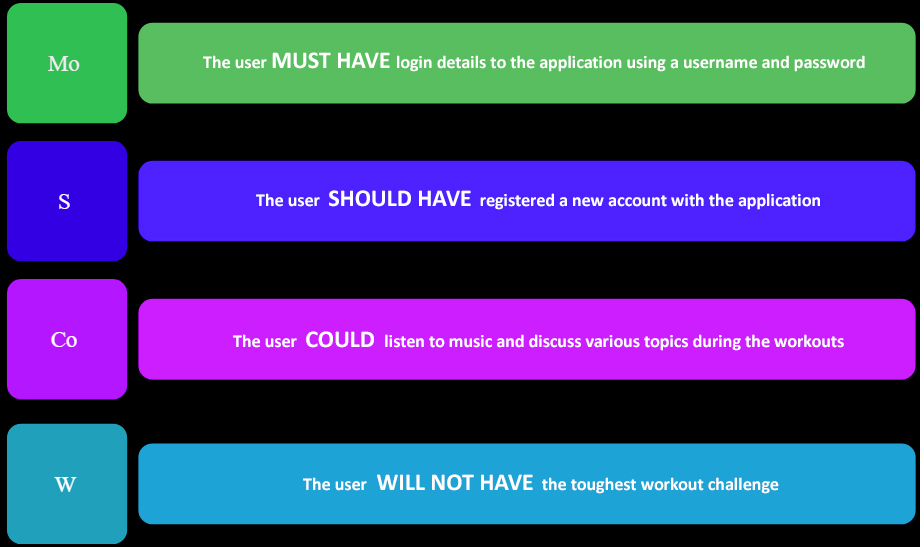
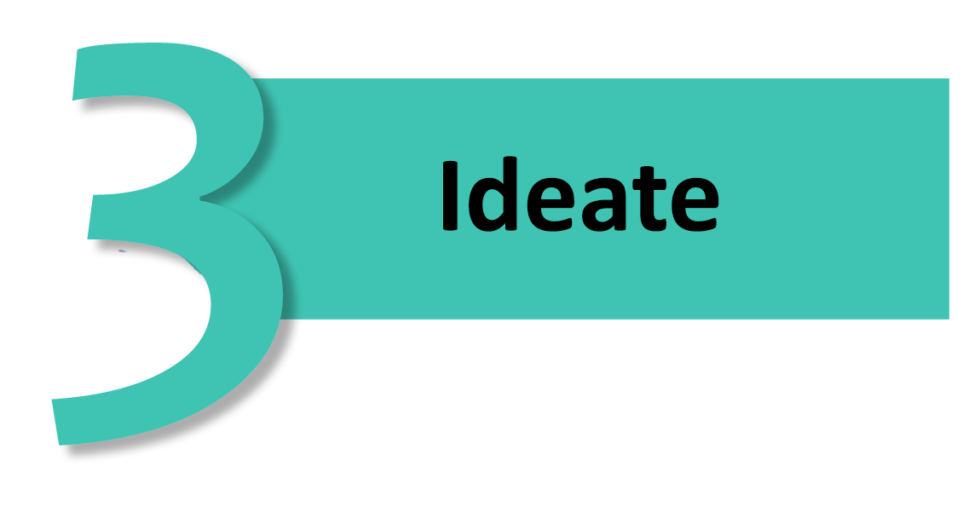
On the Ideation stage I used on methods to validate and find the answer:
- Recommend the toughest workout challenge
- I listed the assumptions of the users
Listing assumptions is a great method to find out the answers by brainstorming in a specific timeframe, for example around 5-10 minutes. Some assumptions are - The user is unable to balance work and life due to busy schedules
- What if we challenge them?
- Users can maybe listen to music and discuss various topics during the workouts
- Users can maybe manage to find a good environment to work out in
Information Architecture
Before starting the sketch, I need to find out the flow and processes in which the user will go through, and the interests they have. This means that I need to create a roadmap to complete this task successfully.
Information architecture
Before starting the sketch, I need to find out the flow and processes in which the user will go through, and the interests they have. This means that I need to create a roadmap to complete this task successfully.
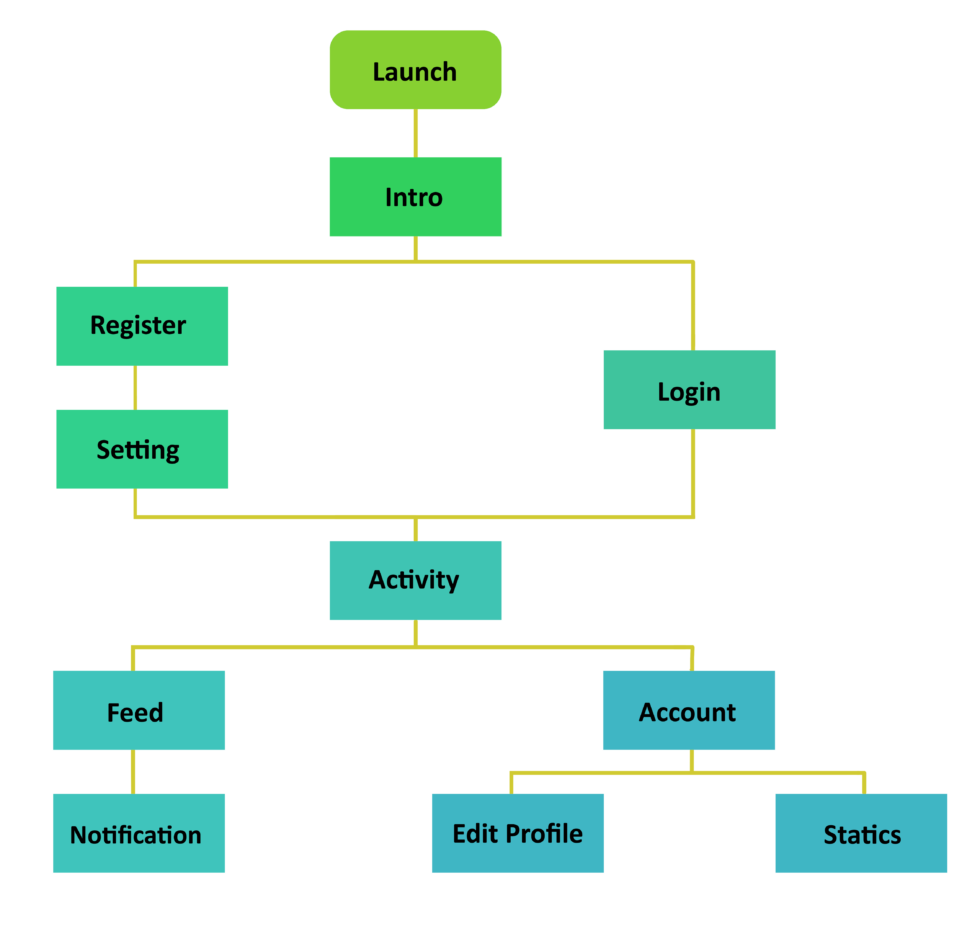
Paper Prototype
Finished the heuristic and competitive analysis, I did a quick sketch to transfer my ideas to the paper than I start drawing the prototype.
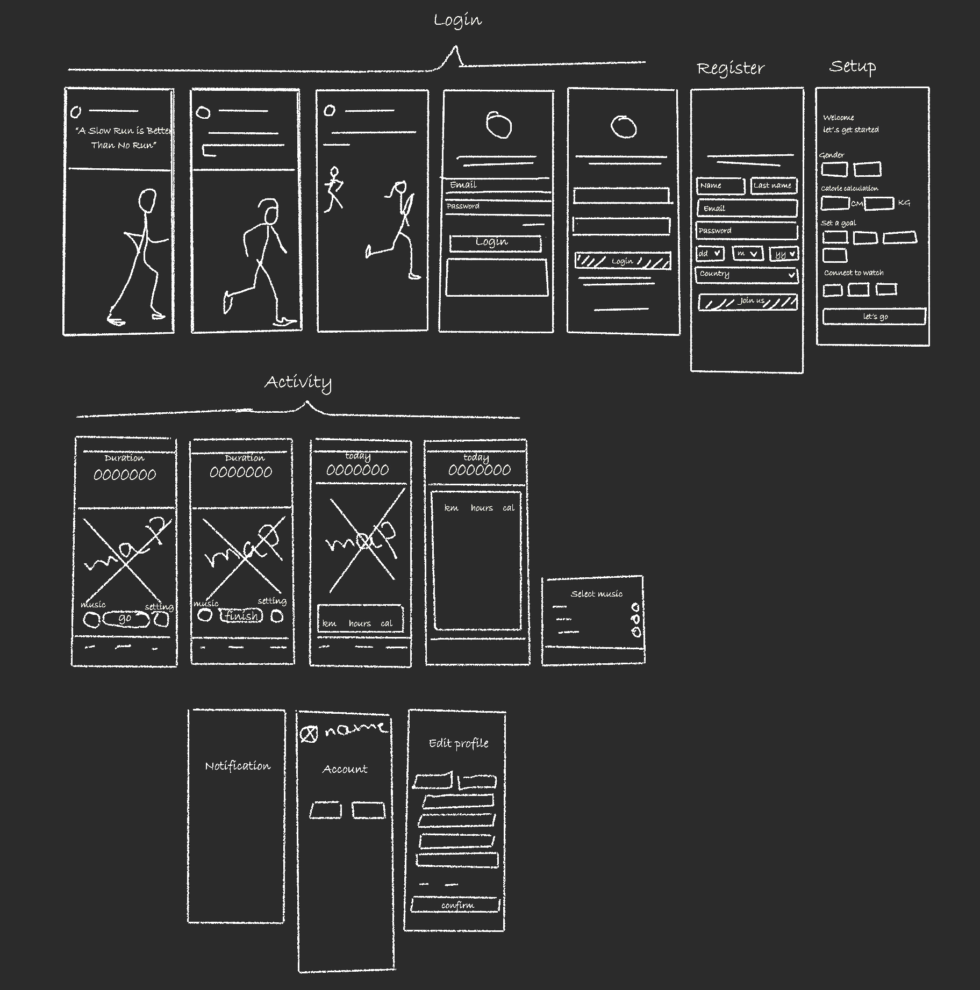
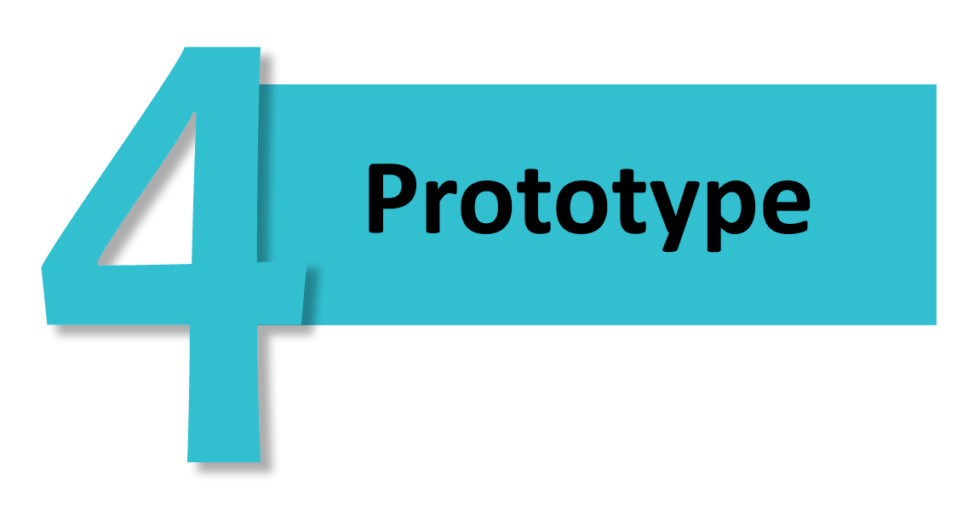
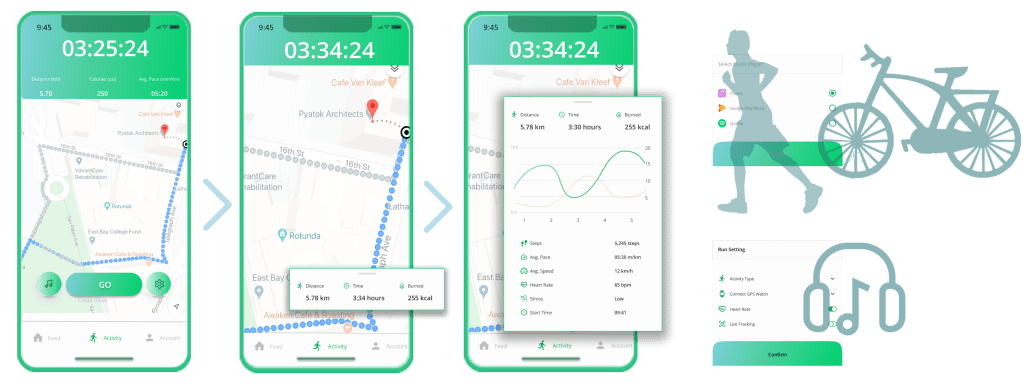
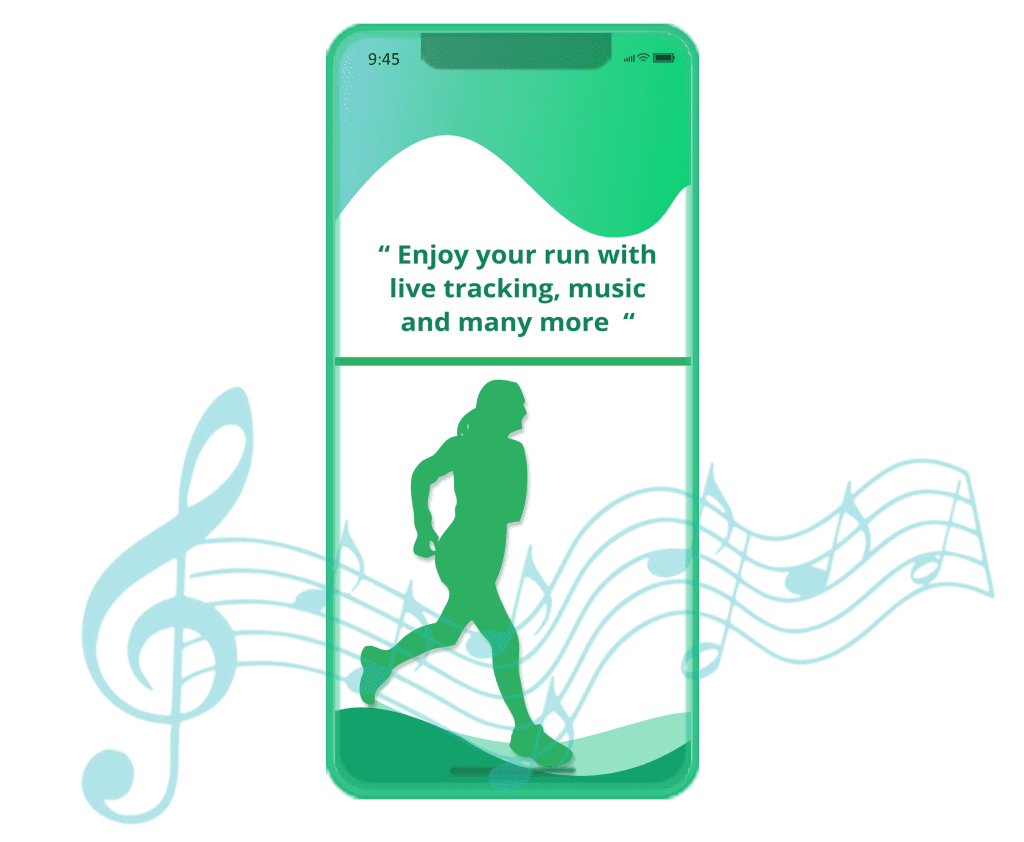
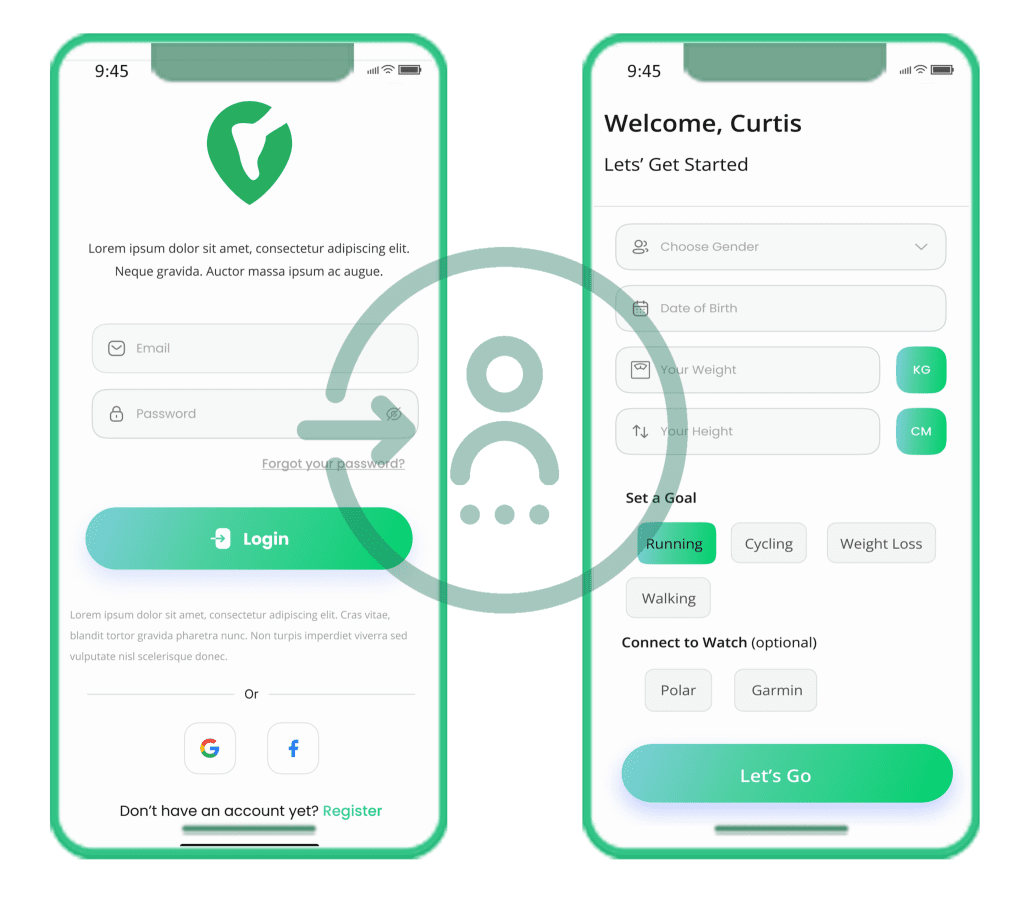
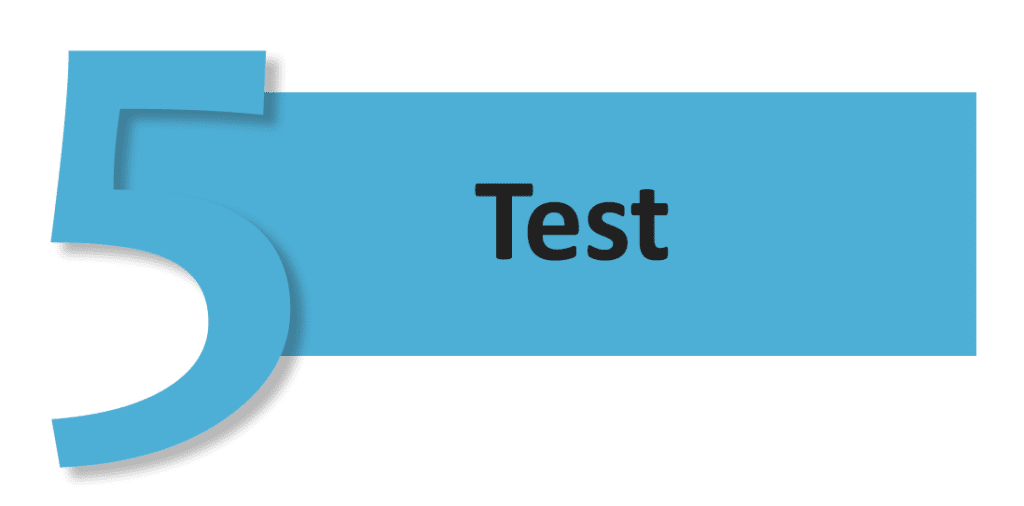
After analyzing the app and what I could add to or change, I started conducting user research.
I need to explore the test and preferences of users.
With the testing, I discovered one issue. While the user’s device is off, the music was not playing. Therefore, we needed to fix this issue.
Adjustments on Futures and Options
There are some technical considerations — the app would leverage the Apple Health data, as opposed to building in additional fitness tracking abilities. There are other features that we could envision being incorporated in a future build, such as incentivization, chat for users, a platform to support additional causes, and a point-of-interest map. Overall, participating in this project was a challenging but rewarding experience and has helped me tremendously in understanding how to best function in a team of designers.
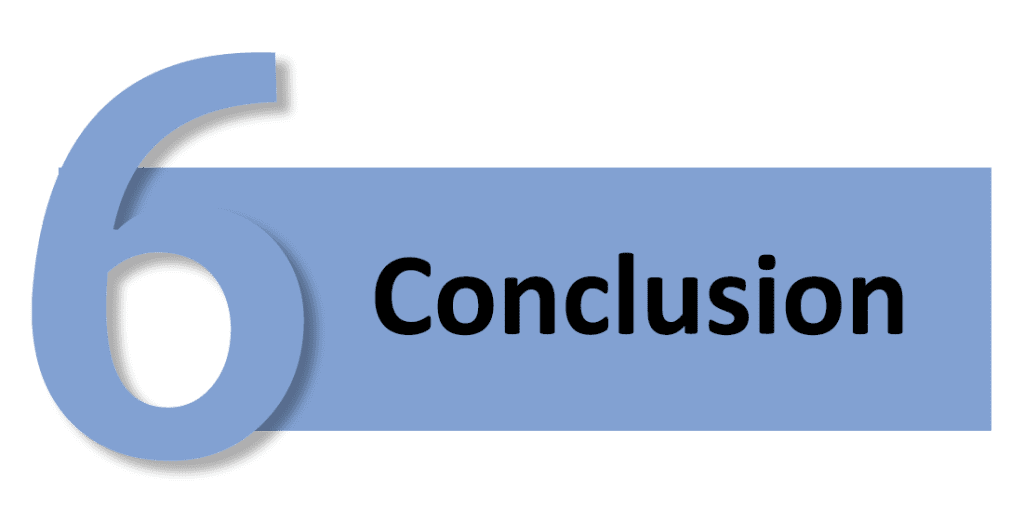
Conclusion
Over the 4–5 weeks I spent conducting this case study I felt that our final product aligned Ben and Komasi app faster’s business goals with the user goals.
Apps that track runs and workouts have become very popular. Komasi app faster already has users that feel that it is a great tool, but from my findings, the app would benefit from simplifying categories, improving device syncing technology, and personalizing data.
The next steps in this project would be to create wireframes that would promote users to take advantage of all the features Komasi app faster has to offer.
There was a great deal of research that was conducted for this project, and we truly understood the users of this app.
Reflection and learning
This is a personal project, but I tried to add as much data and insight as possible. My goal was to find out why users want to exercise and what happens when they do. I was able to experiment with different techniques to find out problems and provide solutions for both the users and the business.
